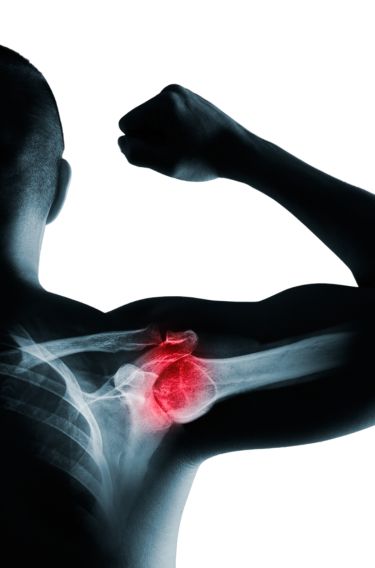- Home
-
About Us
▼
-
Service
▼
- Knee Joint Preservation
- Hip Joint Preservation
- Partial/Minimally Invasive Knee Replacement
- Partial/Minimally Invasive Hip Replacement
- Total Knee Replacement
- Total Hip Replacement
- Revision Knee Replacement
- Revision Hip Replacement
- Arthroscopy Knee
- Arthroscopy Hip
- Robotic Joint Replacement
- Computer Navigation Joint Replacement
- Golden Knee Replacement
- Avascular Necrosis Of Hip
- Shoulder Joint Replacement
- Elbow Joint Replacement
- Complex Trauma
- Pain Management
- Ayurvedic Treatment
- Homeopathy Treatment
-
Patient Info
▼
- Blog
- Contact us
Cashless
Services
.webp)
.webp)






